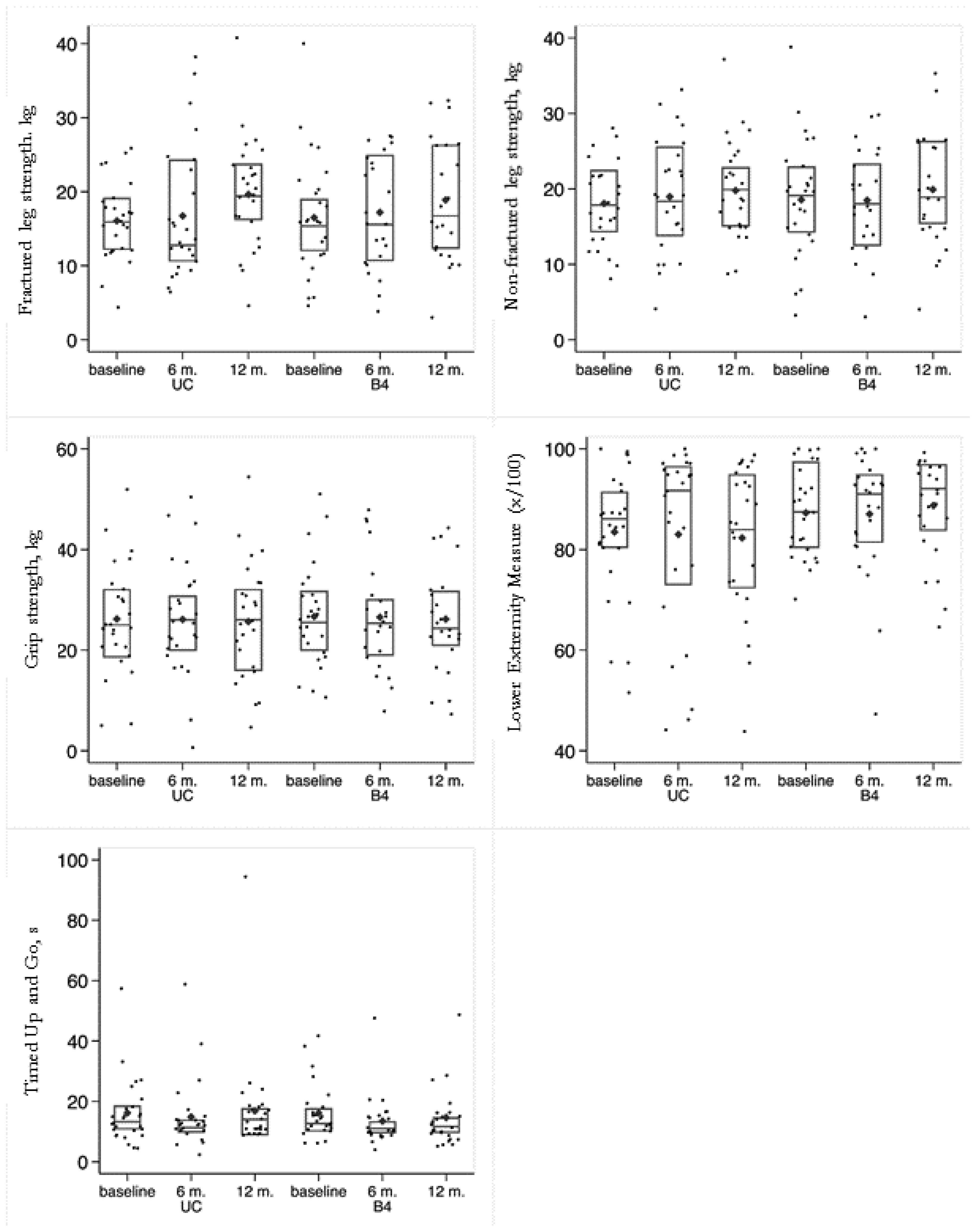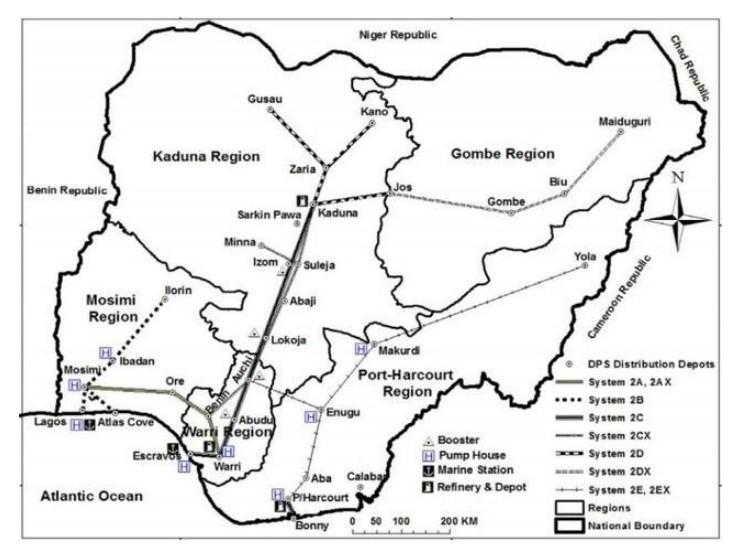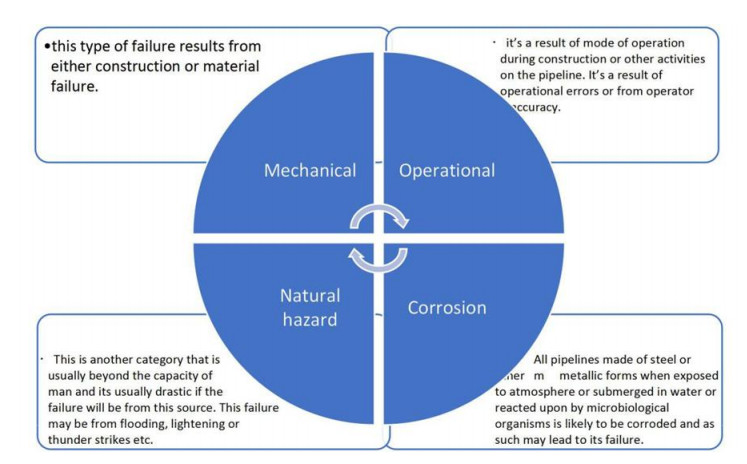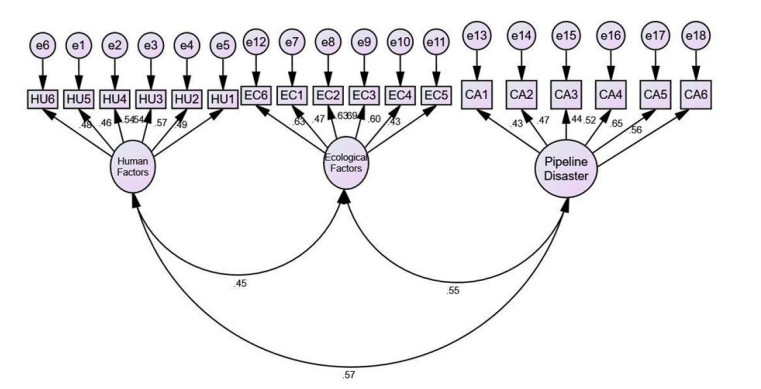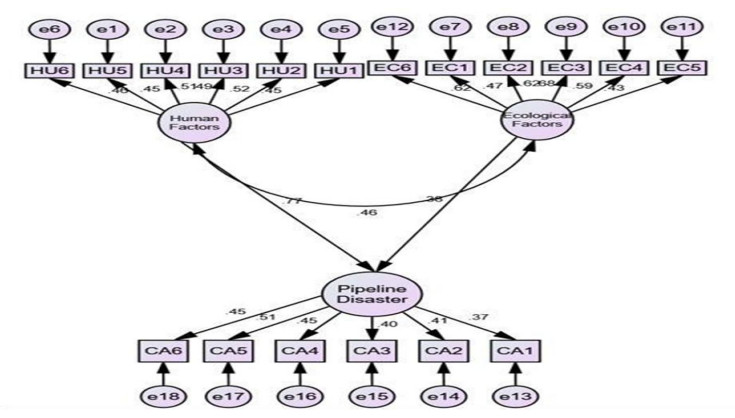1. Introduction
Hip fracture is a common health event with devastating consequences for older adults. Although the rate of low trauma fractures is decreasing worldwide [1,2,3], the absolute number of people who fracture their hip will continue to increase as the population ages [4]. Less than 40% of older adults with hip fracture return to their pre-fracture level of mobility [5]: Half require assistance for walking, and almost all older adults (90%) need assistance to climb five stairs after one year [6]. Many older adults are unable to return to their previous residence [7] and are more likely to transition into residential care [8]. Evidence suggests that improving mobility outcomes is key to relieving the immense burden imposed by hip fracture on older adults, their caregivers and society [9]. Therefore, effective rehabilitation strategies across settings of care for older adults after hip fracture remains an urgent public health challenge.
Interventions to improve mobility after hip fracture include gait (walking) retraining and various modes of physical activity to enhance weight bearing, balance, and strength [9]. Although strategies to improve mobility exist across the care continuum from acute care through to post-discharge, the optimal approach remains unclear for mobility recovery as older adults transition from the inpatient setting back to the community [9]: Although following guidelines for falls prevention and improving balance and strength should confer health benefits [10]: Previous studies of older adults post hip fracture have noted significant mobility gains from an outpatient physical therapy program [11] and a home-based functional program [12]. However, despite the plethora of information on the value of physical activity in vulnerable older adults (and specifically balance and strength exercises) [10], and the deleterious consequences of prolonged sitting (sedentary behaviour) [13], low activity levels remain the dominant situation for many in the hip fracture recovery period [14,15].
Collectively, factors such as impaired function, prior to, or resulting from, the hip fracture, lack of consensus on the optimal physiotherapy management, and/or prolonged sitting may account for why mobility recovery has remained sub-optimal post hip fracture. To address this care gap, we designed a randomized controlled trial (RCT) to test the effectiveness of a post-fracture multidisciplinary clinic (based on comprehensive geriatric management) compared with usual care for mobility (primary outcome, operationalized as the Short Physical Performance Battery [16]) for older adults following surgical repair following hip fracture [17]. The objectives of this paper are to report the effect of the intervention on secondary outcomes—strength and function (performance-based and self-report)—and to describe (and put into context) the findings.
2. Patients and methods
This was a parallel group, single blind 1:1 randomized controlled trial, conducted in Vancouver, Canada, designed to address mobility in community-dwelling older adults (aged 65 years and older) who had a surgical repair for hip fracture in the previous 3 or 12 months (ClinicalTrials.gov (NCT01254942) [17]). This study was approved by the university and hospital research ethics boards and all participants provided written consent prior to starting the study. The control group (UC) received usual care following hip fracture; usual care may include a follow-up visit with the orthopaedic surgeon and family practitioner, home care physical and/or occupational therapy. The intervention group (B4) received usual care and attended a comprehensive geriatric follow-up clinic for outpatient management of falls and other fracture risk factors. At the clinic B4 participants were assessed by a geriatrician with a specific focus on bone health, balance, cognition and continence (via referrals) following guidelines established by the American and British geriatric societies [18]. Baseline assessments were conducted between 3 and 12 months post-surgical repair (depending on time of enrolment). All B4 participants were assessed by an occupational and physical therapist (PT). Physical function was only one element of the clinical focus; clinicians completed other assessments. For example, the geriatrician completed a comprehensive history and physical examination including BMI and blood pressure (supine and standing), gait evaluation, cognitive testing, and depression screen. The OT provided management of cognition and sleep hygiene. The PT provided tailored balance and strengthening exercises, and/or a home program as appropriate. Some participants were also referred to a registered dietician and a continence nurse. The clinical goals and number of visits was based on clinical judgement. The median (10, 90) number of visits to the: Geriatrician was 2 (1, 4); PT was 2 (1, 11.6); and OT was 1 (1, 4.3). We provide a detailed description of the intervention delivered, elsewhere [19].
From May 2011 until April 2013 we screened n = 875 charts from three hospitals. Of the older adults who were eligible (n = 313), 53 participants enrolled in the study. We worked with three teaching hospitals to recruit community-dwelling older adults aged 65 years and older who sustained a hip fracture and surgical repair in the previous 3-12 months. We excluded adults who, prior to hip fracture, were unable to walk 10 meters, were diagnosed with dementia, or other comorbidities that could impede their participation in the clinical service [17].
An independent statistical company completed the randomization sequence using blocks of varying size while concealing treatment allocation. We used the hospital (location) and sex to stratify the randomization. At the completion of the baseline assessment, the study coordinator accessed the web-based randomization service to determine allocation for the participant. Participants were not blinded to group allocation, but the measurement team and data analysts were blinded to the group assignment throughout the trial [17]. We provide details of the recruitment and retention for the study within the CONsolidated Standards of Reporting Trials (CONSORT) 2010 flow diagram in Figure 1.
Two registered PTs collected all measures at three-time points during the study: Baseline, midpoint (6 months) and final (12 months). One registered PT collected the majority of all study participants' performance-based measures. We calculated the mean grip strength (kg) objectively based on three trials of the dominant hand using the Jamar hand-held dynamometer (Patterson Medical Canada, Mississauga, ON). We calculated the mean quadriceps strength of both legs based on three trials using a Lafayette hand-held Manual Muscle Test system (Lafayette Instruments, IN). We also assessed participants' functional mobility with the mean time of two trials of the timed up and go [20] (TUG; completed at usual pace). We administered the self-report Lower Extremity Measure Scale (LEM) [21] as part of a telephone assessment. We requested all participants report (as soon as it was safe to do so) any adverse events: A physician not involved in the study adjudicated if the events were definitely not related, possibly related, or definitely related to the intervention.
To put the results of our study into context, we extracted data from studies identified in a related Cochrane systematic review [9] and a recent systematic review by Diong et al. [22]. We only included studies that tested interventions after older adults were discharged from hospital and provided strength measures for knee (leg) extension. We extracted relevant study details including strength on the fractured and non-fractured (when available) legs. We provided means (standard deviations) and converted measures presented in newtons (N) or pounds (lbs) into kilograms (kg). We calculated a percent change from baseline to final as (final value-baseline value)/(baseline value) × 100.
Statistical analysis: All data were entered twice by an independent company, and we checked accuracy of data entry by reviewing 10% of data entered. Prior to obtaining descriptive measures we created scatterplots and reviewed each measure for distribution and potential outliers. We described variables using means and standard deviations or medians (10th, 90th percentile) if the data were skewed. We estimated between-group differences for each of the five measures at 6 and 12 months using a linear mixed model (LMM) that included group and baseline score as fixed effects, a random effect for individual and an unstructured residual covariance matrix. We compared function between groups with a global statistical test (GST) [23] to incorporate the five measures. A global assessment approach has advantages over other methods when consistent but small effects are anticipated across several endpoints measuring a common construct [23]. As the GST requires complete data, we used multiple imputation with 5 imputations to replace missing measurements and determined the group treatment effect and its standard error on each imputed data set; we combined results using the standard rules from Rubin [24]. As higher values represented better outcomes for all measures except TUG, we used negated TUG scores in the global test. We used Stata Version 13.1 (StataCorp, College Station TX).
3. Results
From May 2011 until April 2013 we screened n = 875 charts from three hospitals. Despite a pragmatic approach and few exclusion criteria, n = 562 (64%) participants were not eligible for the study. Based on the number of older adults who were eligible (n = 313), 53 older adults enrolled in the study (17% of sample recruited), including 19 men and 34 women (Figure 1). At final assessment, one B4 participant was lost to follow up, one UC participant withdrew from the study and one B4 participants and one UC participant had missing data for the final physical performance measures.
Adverse events: There were no adverse events adjudicated as definitely related to the intervention; one B4 participant experienced a serious adverse event that was possibly related but no further action was required.
We provide baseline characteristics for study participants in Table 1. Overall, study participants were similar to previous published studies [9] in most characteristics. We provide the means and standard deviations for outcomes of interest for both groups in Table 2 and provide estimates of between-group differences in Table 3. Figure 2 provides individual data points to highlight variability within the data. Between-group differences for all outcomes were small and not clinically important. The global test was not statistically significant at either time point (p = 0.7 at 6 months, p = 0.5 at 12 months).
Table 1. Participant descriptive baseline characteristics by group allocation and for the combined sample. All results are presented as mean (SD) unless indicated.
|
Intervention Group (n = 26) |
Control Group (n = 27) |
All participants (N = 53) |
| Age, y |
79.58 (8.9) |
80.26 (7.3) |
79.92 (8.0) |
| Women, n (%) |
18 (69%) |
16 (59%) |
34 (64%) |
| BMI, kg/m2 |
25.3 (3.4) |
24.85 (3.8) |
25.1 (3.6) |
| FCI, (median, p10, p90) |
2.5 (0.7, 5.3) |
3 (0.8, 6.4) |
3 (1, 6) |
| Mobility aid pre-fracture, [yes, n (%)] |
7 (27%) |
7 (26%) |
14 (26%) |
| Time since hip fracture, d |
215 (78) |
240 (75) |
228 (77) |
| BMI = Body Mass Index; FCI = Functional Comorbidity Index. |
Table 2. Participant physical function variables across all three-time points [means (standard deviations)].
|
Baseline |
Midpoint (6 months) |
Final (12 months) |
| Intervention n = 26 |
Control n = 27 |
Intervention n = 25 |
Control n = 26 |
Intervention n = 24 |
Control n = 25 |
| Grip strength, kg |
26.68 (10.05) |
26.18 (10.87) |
26.54 (10.81)n = 23 |
26.08 (11.67) |
26.13 (10.25)n = 23 |
25.64 (11.92) |
| Lower Extremity Measure (x/100) |
87.27 (8.96) |
84.46 (12.74) |
87.04 (12.43) |
82.97 (18.37) |
88.72 (9.40) |
82.27 (14.55) |
| Quadriceps strength, kg (fractured leg) |
16.48 (7.61) |
16.05 (5.41)n = 26 |
17.19 (7.65)n = 23 |
16.71 (9.06)n = 25 |
18.87 (8.13)n = 23 |
19.63 (7.55) |
| Quadriceps strength, kg (non-fractured leg) |
18.55 (7.45) |
18.05 (5.65)n = 26 |
18.47 (6.90)n = 23 |
18.96 (7.60)n = 25 |
19.90 (7.45)n = 23 |
19.78 (6.46) |
| Timed Up and Go, s |
16.07 (9.49) |
16.12 (10.38) |
13.46 (8.17)n = 23 |
14.81 (11.45)n = 25 |
14.60 (9.56) |
16.83 (17.21) |
Table 3. Between-group differences at 6 months and final assessment for performance and self-report measures. Differences were calculated as intervention (B4)—control (usual care; UC) group values.
|
6 months adjusted (for baseline) Difference [95% CI] |
p-value |
12 months adjusted (for baseline) Difference [95% CI] |
p-value |
| Grip Strength, kg |
−0.92 [−3.23, 1.37] |
0.43 |
−0.25 [−3.09, 2.60] |
0.87 |
| Lower Extremity Measure (x/100) |
−0.27 [−6.70, 6.16] |
0.93 |
4.68 [−0.25, 9.62] |
0.06 |
| Quadriceps Strength, kg (fractured leg) |
−0.23 [−3.97, 3.51] |
0.91 |
−1.50 [−4.90, 1.90] |
0.40 |
| Quadriceps Strength, kg (non-fractured leg) |
−1.33 [−4.27, 1.62] |
0.38 |
−0.59 [−3.19, 2.01] |
0.66 |
| Timed Up and Go, s |
0.06 [−4.82, 4.95] |
0.98 |
−2.21 [−5.26, 0.84] |
0.16 |
| We provide midpoint and final assessment for performance and self-report measures for the combined sample in Table 4. There were statistically significant and clinically important improvements in bilateral leg strength (knee extension) at final assessment. |
Table 4. Between-group differences at 6 months and final assessment for performance and self-report measures for the combined sample (N = 53).
|
Midpoint (6 months) |
Final (12 months) Change [95% CI] |
| Mean change [95% CI] |
p-value |
Mean change [95% CI] |
p-value |
| Grip Strength, kg |
−0.91 [−2.06, 0.23] |
0.12 |
−0.83 [−2.26, 0.59] |
0.25 |
| Lower Extremity Measure (x/100) |
−0.29 [−3.47, 2.9] |
0.86 |
−0.74 [−3.28, 1.79] |
0.56 |
| Quadriceps Strength, kg (fractured leg) |
0.42 [−1.47, 2.32] |
0.66 |
2.63 [0.86, 4.40] |
0.004 |
| Quadriceps Strength, kg (non-fractured leg) |
0.15 [−1.38, 1.69] |
0.85 |
1.36 [0.12, 2.70] |
0.048 |
| Timed Up and Go, s |
−1.16 [−3.79, 1.46] |
0.39 |
0.47 [−1.25, 2.20] |
0.59 |
| *Please note: Positive values indicate lower baseline values, except the Timed Up and Go. |
In Table 5 we provide a summary of previously published studies with leg strength measures for older adults with hip fracture enrolled in an RCT. Based on study characteristics, our study had the longest follow-up compared with other published data. Further, participants' mean age was above the average (78 years) for all studies, and they started with the highest baseline values for fractured leg and non-fractured leg strength. For percent change from baseline, B4 participants had the lowest percentage change at 6 months compared with the other studies.
Table 5. Summary of leg strength measures abstracted from similar hip fracture trials. We onlyreport the results based on the end of the trial (and not the follow-up period). All variables are mean (SD); we calculated the percent difference (%) as (final value-baseline value)/baseline value × 100.
| Study Country Intervention Duration |
Start of intervention |
Group, n women:men |
Age, y [mean (SD)] |
Leg strength kg |
Leg strength kg |
% diff* |
Leg strength kg |
Leg strength kg |
% diff* |
|
|
|
|
Baseline Final Fractured |
|
|
Baseline Final Non-fractured |
|
|
Sherrington et al., 1997 [41]
Australia
4 weeks |
7 months after hip fracture |
Intervention
n = 21
13:8 |
80 (8) |
7.7 (4.6) |
10.4 (4.9) |
35 |
11.0 (5.2) |
12.9 (5.7) |
17 |
Control
n = 21
20:1 |
77 (8) |
6.6 (2.7) |
7.3 (3.7) |
11 |
9.3 (4.6) |
9.4 (5.2) |
1 |
Hauer et al., 2002 [42]
Germany
12 weeks |
6-8 weeks after hip fracture |
Intervention
n = 15
15:0 |
81.7 (7.6) |
4.2 (1.5) |
6.7 (1.1) |
59 |
6.6 (1.7) |
7.9 (1.3) |
20 |
Control
n = 13
13:0 |
80.8 (7.0) |
4.3 (1.4) |
4.8 (1.9) |
12 |
6.1 (1.8) |
5.7 (1.9) |
−6 |
Sherrington et al., 2004 [43]
Australia
16 weeks |
Recruited from 6 hospitals |
Intervention1
n = 40
30:10 |
80.1 (7.5) |
12.7 (6.4) |
15.6 (7.7) |
23 |
14.9 (7.3) |
17.5 (8.1) |
17 |
Intervention2
n = 40
31:9 |
79.1 (8.9) |
11.1 (4.9) |
12.8 (4.8) |
15 |
15.0 (6.3) |
15.5 (6.1) |
3 |
Control
n = 40
34:6 |
77.2 (8.9) |
10.8 (5.5) |
11.5 (7.4) |
6 |
14.3 (6.6) |
14.2 (8.0) |
1 |
Tsauo et al., 2005 [44]
Taiwan
12 weeks |
Recruited in hospital |
Intervention
n = 13
10:3 |
74.1 (12.0) |
5.4 (1.7) |
8.3 (2.1) |
54 |
- |
- |
- |
Control
n = 12
10:2 |
71.9 (12.5) |
5.4 (1.5) |
7.9 (2.0) |
45 |
- |
- |
- |
Latham et al., 2014 [12]
USA
24 weeks |
Within 20 months of hip fracture (after PT/rehab) |
Intervention
n = 120
83:37 |
77.2 (10.2) |
11.6 (5.2) |
12.6 (5.8) |
9 |
13.2 (5.5) |
13.3 (6.0) |
1 |
Control
n = 112
77:35 |
78.9 (9.4) |
11.6 (6.0) |
12.1 (6.5) |
4 |
13.2 (5.5) |
13.1 (6.3) |
−1 |
Nouraei et al., 2017
Canada
24 weeks |
Between 3-12 months after hip fracture |
Intervention
n = 26
18:8 |
79.6 (8.9) |
16.5 (7.6) |
17.2 (7.6) |
4 |
18.5 (7.4) |
18.5 (6.9) |
0 |
Control
n = 27
16:11 |
80.3 (7.3) |
16.0 (5.4) |
16.7 (9.1) |
4 |
18.0 (5.6) |
18.96 (7.6) |
5 |
Nouraei et al., 2017
Canada
52 weeks |
Between 3-12 months after hip fracture |
Intervention
n = 26
18:8 |
79.6 (8.9) |
16.5 (7.6) |
18.9 (8.1) |
15 |
18.5 (7.4) |
19.9 (7.4) |
7 |
Control
n = 27
16:11 |
80.3 (7.3) |
16.0 (5.4) |
19.6 (7.5) |
23 |
18.0 (5.6) |
19.8 (6.5) |
10 |
| *%diff = percent difference. |
4. Discussion
In this study, we tested a multidisciplinary team approach (comprehensive geriatric management) to address physical function (performance-based and self-reported measures) in older adults after hip fracture, and we note two take home messages: First, there were no clinically important (or statistically significant) differences in measures of physical function between groups over time, and second, study participants in both groups improved bilateral leg strength (knee extension) over 12 months. Based on our previous work, our study participants engaged in low amounts of physical activity, in general, and high levels of sedentary behaviour (10 hours/13 hour day) [15]: This may have also impacted on their recovery of function, as evidenced by leg strength values that were lower than age-matched normative values [25]. Collectively, these data suggest that all participants may not have engaged in enough exercise (e.g., frequency, intensity type and/or duration), and/or the prolonged periods of sitting may have contributed to their physical performance outcomes.
There is considerable heterogeneity among older adults who fracture their hip, with different needs and possible care pathways [26]. The participants who enrolled in this study had a high level of function and were doing well for some outcomes, in contrast to other older adults with hip fracture. For example, compared with other similar studies (Table 5), participants in this study started the intervention with higher quadriceps strength. Of note, although not statistically significant, participants in UC had greater gains in strength measures (body structure) while those in B4 had greater gains in functional mobility and self-reported function (activity). While these observations may be explained by sampling variance, it poses research questions for exercise prescription to test if/why/how increased leg strength did not translate into better self-reported and objectively measured (global) function. Previous literature suggests there may be sex-based differences in the relation between traditional strength training and functional gains [27], and there may be improvements in muscle strength without functional gains [27,28]. Previous work observed a “curvilinear relationship” between strength gains and functional performance [27], and this may explain why older adults starting at higher levels may not achieve the same strength gains (compared with an older adult at a lower level of function) for the same training program. This ceiling effect may have occurred in our study sample, which as we noted, were doing well at baseline compared with participants from similar studies. Nonetheless they continue to make gains, even 12 months after starting the intervention. As there is no consensus on the “ideal” rehabilitation program for older adults after hip fracture [9], this work and our previous findings [15] emphasize the need for future research to revisit physical activity (exercise) prescription for hip fracture recovery (along the continuum of care), and, in particular, define the optimal prescription for frequency, intensity, type and duration of strength and balance exercises for men and women across the mobility spectrum.
Although study participants significantly increased leg strength at 12 months (UC more than B4), it was still below normative values for community-dwelling adults [25]. Based on data listed in Table 5, at baseline and final assessments, almost all interventions had participants who were below normative values for age-matched adults. Reduced quadriceps strength is one of the most important falls risk factors in community dwelling populations [29] and is associated with poor mobility [30]. Progressive strength training may improve the knee extension strength of the fractured hip [31], however as noted above, it may not always translate into functional gains. It is possible that our program intensity was not high enough or of sufficient duration (as measured by the number of health professional visits), and/or participants did not complete the program as prescribed. In contrast, the study by Binder and colleagues provided more intensive exercise routines and observed significant strength gains [11]. Nonetheless, our study provides the longest follow-up measurement (12 months) for this population. That study participants were still making gains in their (bilateral) quadriceps strength after one year (range 15-24 months) is encouraging and supports the need to continue with balance and strength exercises and to maintain an active lifestyle.
Finally, study participants spent long periods of time not engaged in physical activity (of any intensity) [15]: Based on previous work, their baseline values were below the recommended cut point (5,000 steps/day) for older adults [32]. Our earlier findings are consistent with two recent reviews [33,34] which highlighted the high levels of prolonged sitting for adults and older adults after orthopaedic trauma. We are uncertain as to why older adults post-orthopaedic injury do not engage in physical activity, but can speculate that it may be due to usual routines, lack of opportunity and/or not being aware of the importance of reducing sedentary time. As sedentary behaviour (in its current definition [35,36]) is a relatively new field, rehabilitation practice does not always focus on reducing sitting time [37]. Current evidence suggests that the deleterious effects of prolonged sitting may be attenuated by 60-75 minutes per day of moderate to vigorous physical activity [38]—but this is not a realistic goal for many older adults with hip fracture. Additionally, evidence points out that increasing physical activity does not always result in a reduction of sedentary behavior [39]. Therefore, it may not be surprising if older adults, who engage in strength and balance exercises, as prescribed, may mitigate these benefits by spending more than 75% of the waking day not moving [15].
Study strengths and limitations: This study has many strengths. First, we rigorously undertook this research, following clinical trial guidelines with data collection, cleaning and analyses. Second, we had the same two research PTs (blinded to group allocation) collect our outcome measures for this trial. Third, although our recruitment numbers were low, we had excellent adherence to the 12-month program: Over 95% of the participants provided some data at final assessment, which is a significant accomplishment given the frailty of this population. However, the study has some limitations. We acknowledge that the type of surgical intervention can affect functional outcomes. We also acknowledge that we only measured knee extension, and other hip muscles (e.g., gluteals, adductors) are also important in hip function, but we did not measure them. We further recognize that this is a small sample of older adults who have generally done well after hip fracture. Consequently, we may have been underpowered to observe significant differences for the physical outcomes (e.g., LEM). Further, our findings may not be generalizable to all older adults with hip fracture. However, as noted by Ranhoff and colleagues [26], our study sample most likely represents two of the three groups of older adults with hip fracture: Community dwelling older adults with or without pre-existing mobility challenges. It is also possible that participants in UC were exposed to a co-intervention. We contacted all participants monthly for data collection and (in our qualitative interviews [40]) some participants highlighted the supportive nature of these calls. Although our intent was to prospectively collect data (falls history, physical activity), it may have inadvertently been a reminder for participants in UC to address their health needs. As our study participants were within the Canadian health care system, they had access to physicians and/or rehabilitation professionals with no (or relatively low) direct cost. Finally, we do not have measure of participants' adherence to the specific exercises, just whether they attended therapy or not.
5. Conclusion
We note in this study of comprehensive multi-disciplinary management after hip fracture no significant difference between the intervention and control groups for physical performance and self-report measures. However, for the combined sample, bilateral knee extension leg strength improved at 12 months. Given the age and mobility of this group, this is a clinically important finding. However, there is a need to optimize physical activity (exercise) prescription for, and reduce the sedentary behaviour of, older adults with hip fracture across the mobility spectrum.
Acknowledgements
We extend sincere thanks to our study participants for their generosity with their time. We gratefully acknowledge financial support from the Canadian Institutes of Health Research (CIHR) grant (FRN 99051) and career award support for Dr. Ashe from CIHR and the Michael Smith Foundation for Health Research and the Canada Research Chairs program.
Trial registration
This trial was registered on ClinicalTrials.gov (NCT01254942).
Conflict of interest
The authors have no conflict of interest to declare related to this manuscript other than grant funding (see above).
Conference presentation
Part of this work was presented as a poster at the Fragility Fracture Network 2016 conference in Rome.









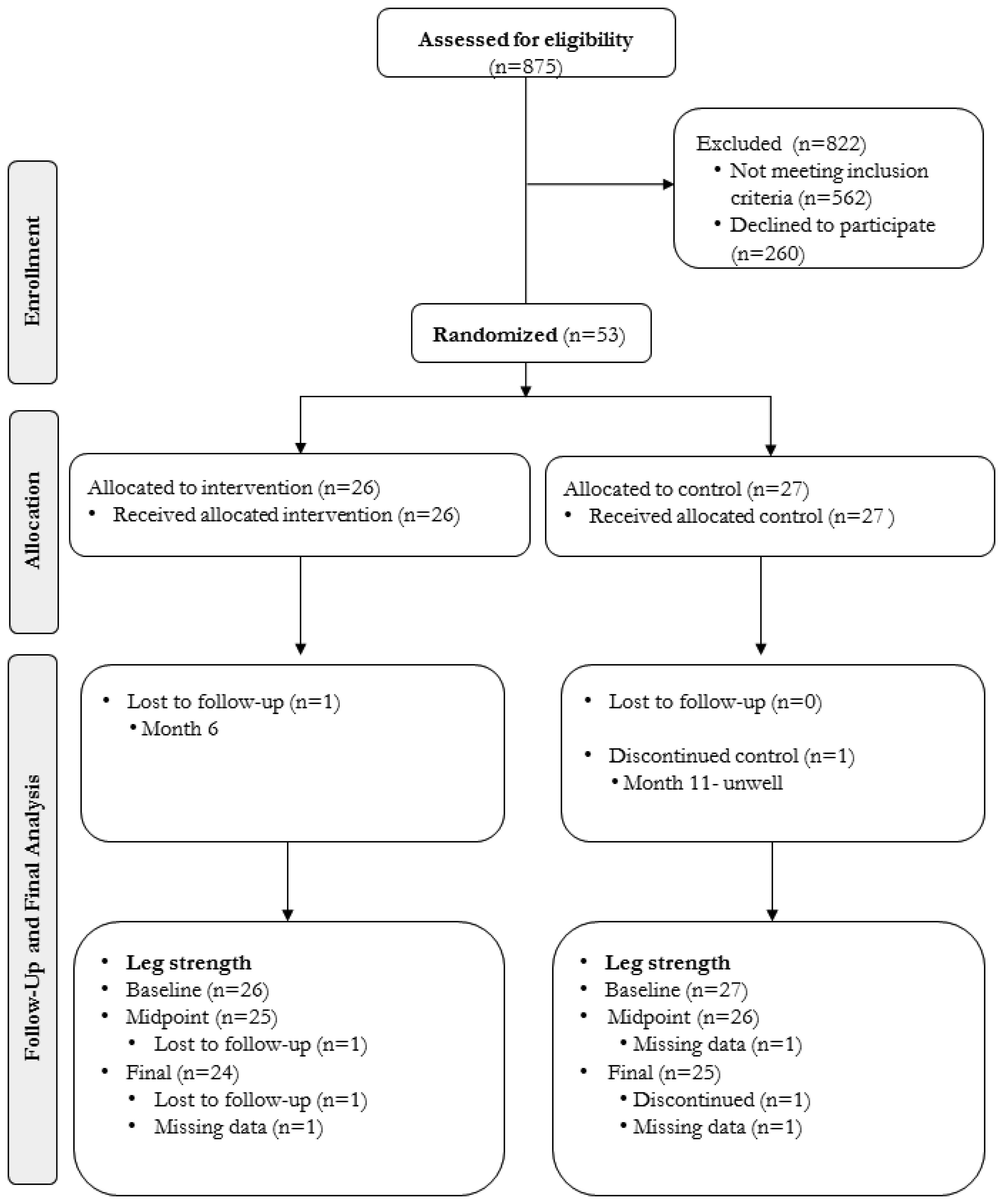
 DownLoad:
DownLoad: 